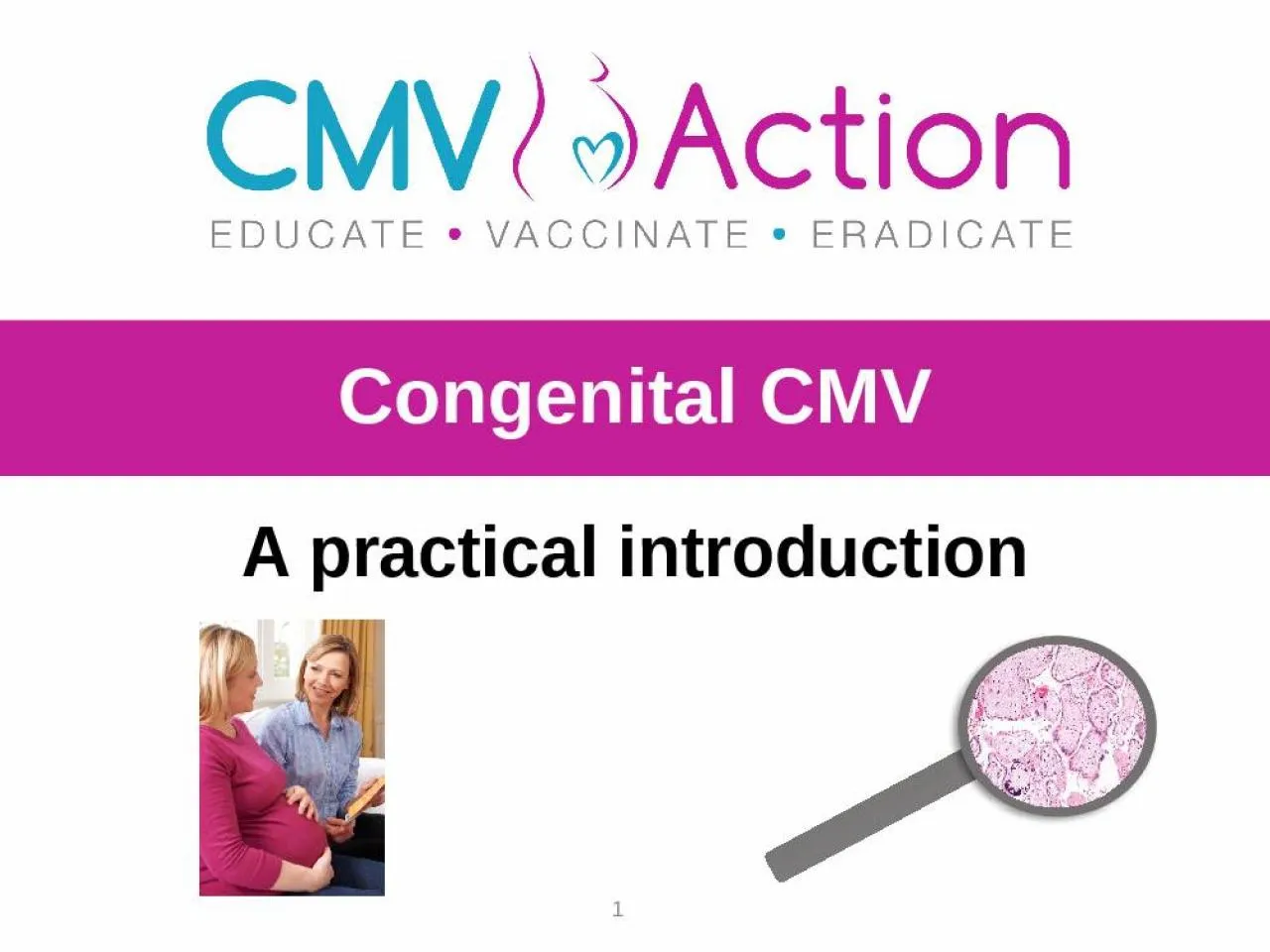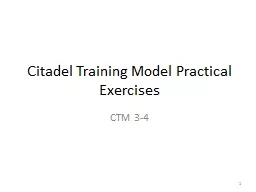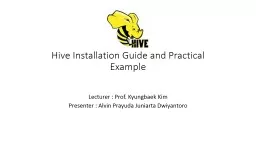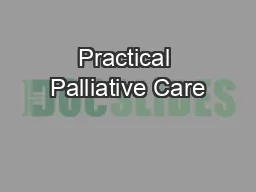PPT-A practical introduction
Author : priscilla | Published Date : 2022-05-14
Congenital CMV 1 Before you start Please write down your answers to these 3 questions At the end of this module we will give a link to a short evaluation form and
Presentation Embed Code
Download Presentation
Download Presentation The PPT/PDF document "A practical introduction" is the property of its rightful owner. Permission is granted to download and print the materials on this website for personal, non-commercial use only, and to display it on your personal computer provided you do not modify the materials and that you retain all copyright notices contained in the materials. By downloading content from our website, you accept the terms of this agreement.
A practical introduction: Transcript
Download Rules Of Document
"A practical introduction"The content belongs to its owner. You may download and print it for personal use, without modification, and keep all copyright notices. By downloading, you agree to these terms.
Related Documents














